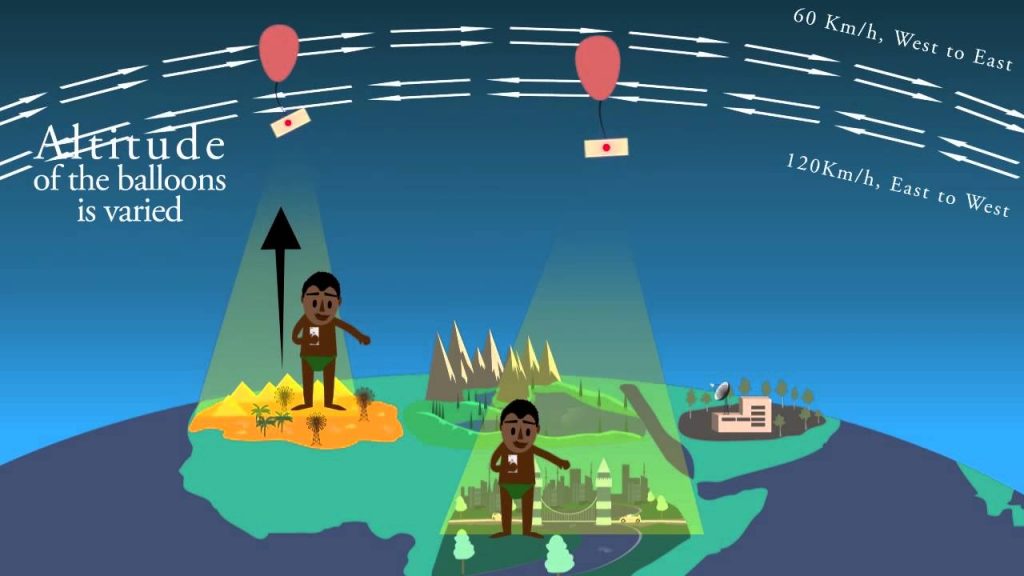Google has an ambitious goal of connecting people the over four billion people around the world living without an internet connection, through Project Loon. This project entails Google floating around tennis-sized balloons 11 miles high in the stratosphere, from where they will beam down internet connection networks.
The Project Loon balloons will be floating around the atmosphere subject to the direction and speed of wind currents. That right there presents a huge problem that necessitated Google to fly hundreds of these balloons over their target areas. So that, should ten, twenty, or thirty of these balloons is drifted too far out of the target area by wind, at least there will be a couple more to maintain the internet network.
Putting hundreds of the balloons over a relatively small area meant that if Google is to reach even a million of users in rural areas, the balloons to put in the sky will be too many. So much so that the company’s shareholders were not impressed by the idea at all, given the cost it will take to keep them airborne.
Google has announced that it has just made a breakthrough that will see it float a fraction of these balloons over the target area, maintain good internet connectivity, and reduce the cost to levels bound to make shareholders warm up to the idea. The company has developed an algorithm using machine-learning technology that can predict weather patterns with high accuracy.
By predicting weather more accurately, Project Loon balloons can be made to just hover over the target area without being blown away by simply changing their altitude. Wind speeds vary according to altitude; when a given altitude is predicted will get fast wind currents. The balloon will change altitude in time and still hover within the target geographic area without being blown away by the winds.
Google has said it plans to partner with telecoms, especially ones operating in the developing economies, to reduce the cost of internet connection. If possible, the internet connection charges will be entirely scrapped. Although the company can go at it alone, the logistics of making Project Loon a stand-alone business without partnerships with telecoms would be more daunting and likely to face opposition from government regulators in various countries. Partnering with telecoms, for now, seems like a more feasible idea.



